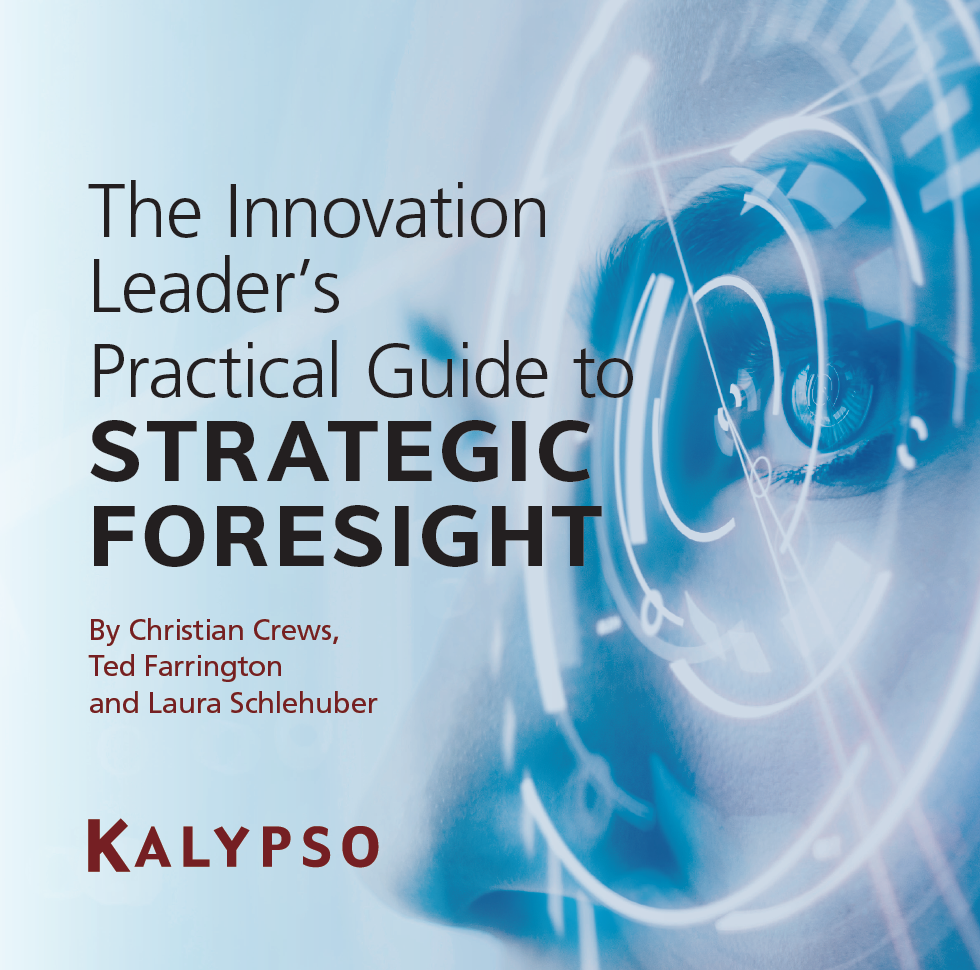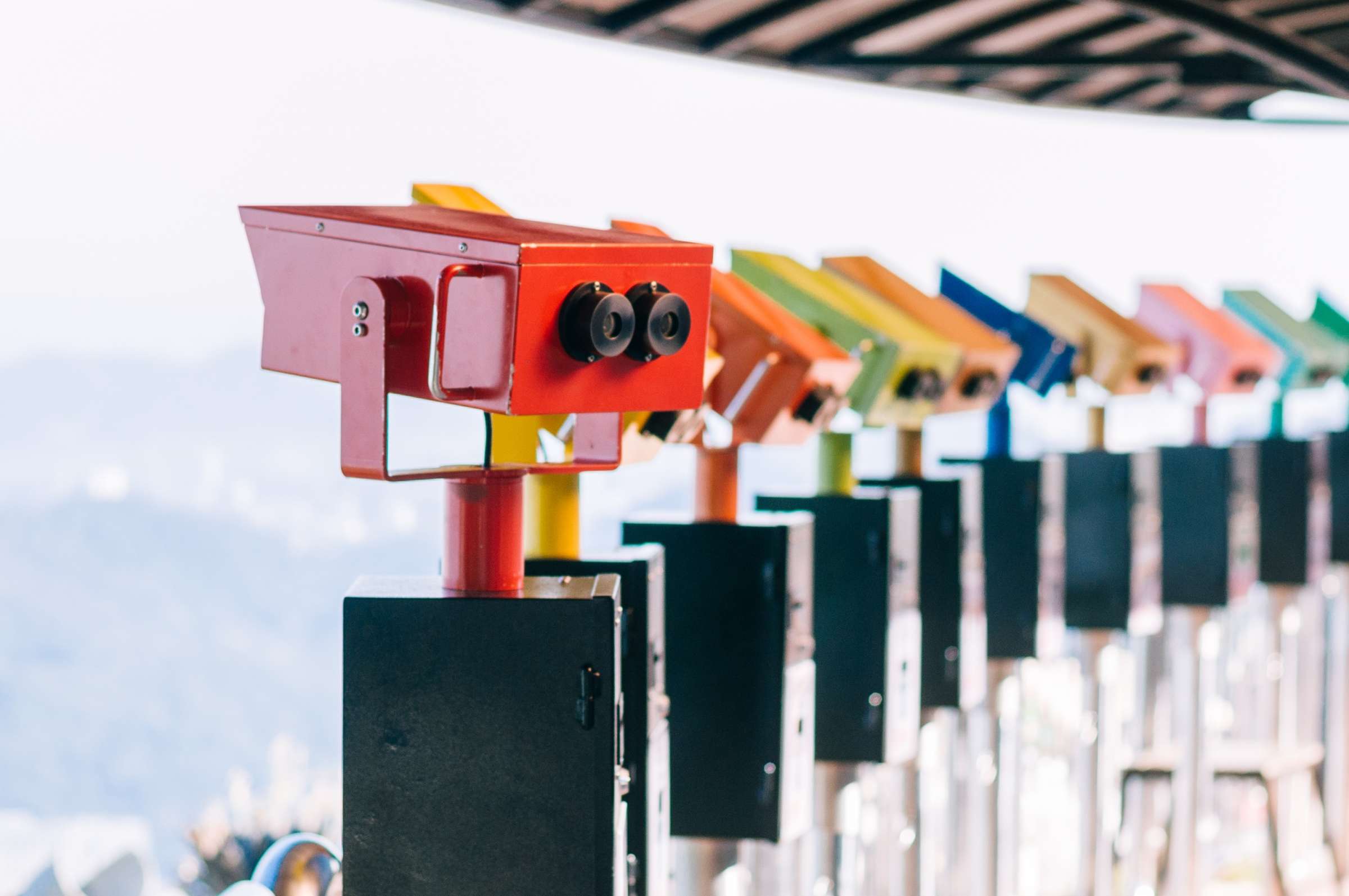Understanding Strategic Foresight: The History of Scenario Planning
Note – this post is part of a series on using strategic foresight to influence longer-range innovation investments. The full Innovation Leader's Guide to Strategic Foresight is available for download.
Strategic foresight is a discipline that provides a structured way to investigate, not predict, the future. Fundamental to using strategic foresight to guide anything (corporate strategy, military plans, stock investments, government policy or longer-range R&D portfolios) is the development and use of scenarios. Scenarios are provocative, yet plausible, alternative views of the future in which we may find ourselves.
But where did this idea come from?
A Brief History of Scenarios
The use of strategic foresight, and scenarios in particular, to explore the future goes back to the work of Herman Kahn at the RAND corporation in the 1950’s. Kahn used scenarios to investigate different military strategies for engaging the Soviet Union during the Cold War. He became known for communicating about the future through stories told in the future. A modern-day example is this 2020 interview with a PepsiCo executive about her work in getting customized products to consumers in China.
Here’s another example. Running an oil company was pretty simple through the late 1960’s. Demand grew at 7% per year and supply was unlimited. Strategic planning was nothing more than knowing when to build the next refinery and add a few new tankers. Then the leaders of Royal Dutch Shell used scenarios to show the supply of oil would eventually need to be restricted by the oil producing countries. While they didn’t predict when this would happen, they knew the signs that would appear as the day approached. Seeing these signposts before anyone else allowed RDS to stop building refineries, becoming the only oil company not to go into an overcapacity situation during the oil crisis of 1972.
Scenarios have been famously used to guide government policy and plans. In 1991-1992, the Republic of South Africa engaged a team from RDS to help them envision the future of RSA post-apartheid. Named after the resort where the work was done, four Mont Fleur scenarios were developed. The team then reverse engineered (or backcasted in futurists’ terms) the decisions required along the way to achieve the future state most preferred by all stakeholders.
In 2010, Christian Crews and Ted Farrington led an 18-month futures study for PepsiCo to better understand the drivers of consumers’ food and beverage choices in 2020, as well as what the ideas of health and wellness would mean to these future consumers. Three scenarios were created and new products, services and business models explored for each. Several platforms were found to be robust across two and even all three futures. That project was reviewed at the 2011 IRI Fall Summit and can be seen here.
Learn More

Strategic foresight enables organizations to build a unique perspective of the future, driving market entry at the right time with differentiated products and services. But not all foresight approaches are created equal.
Download the Innovation Leader's Guide to Strategic Foresight to learn more



